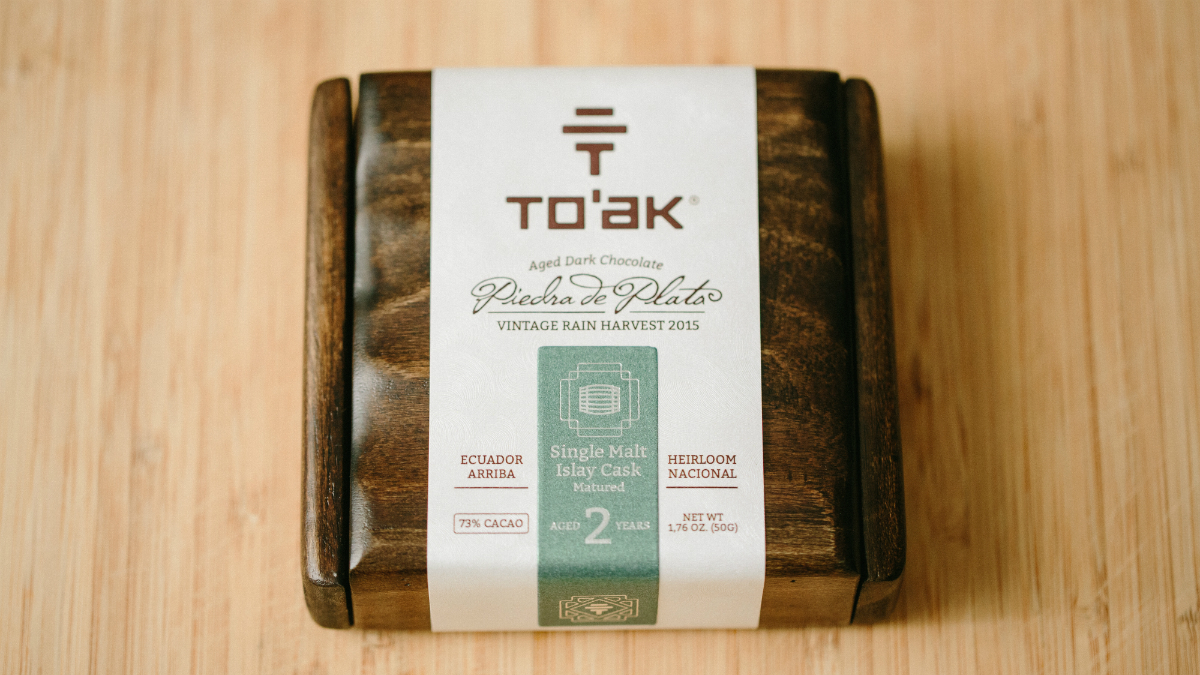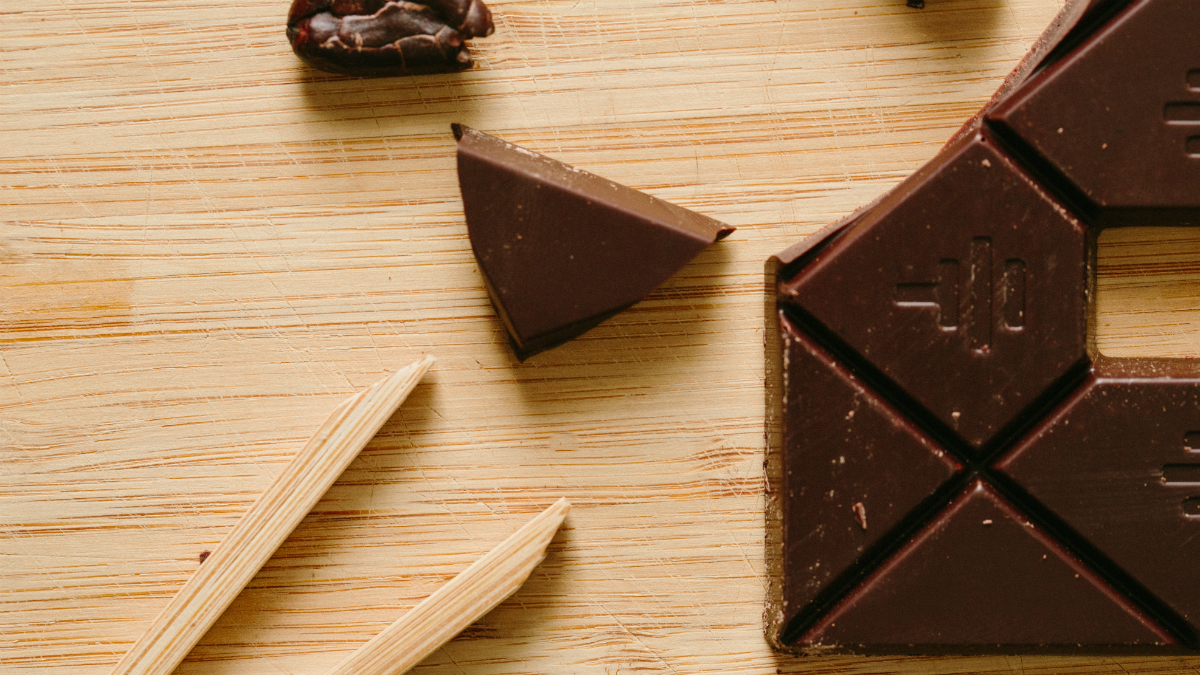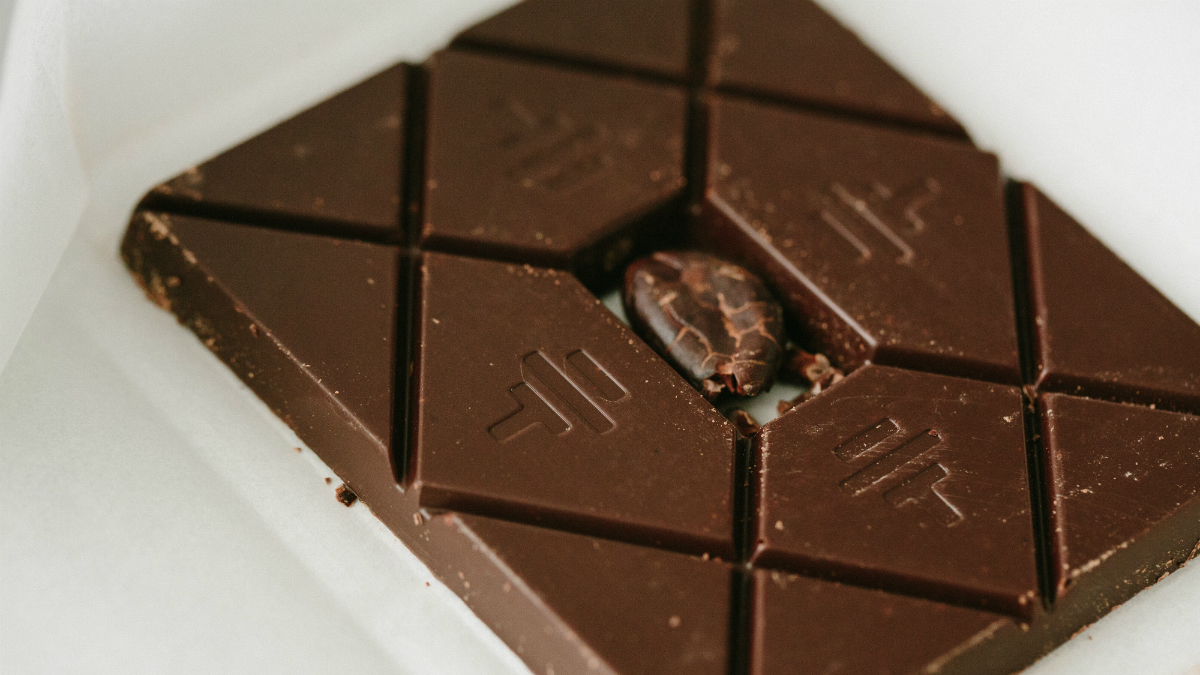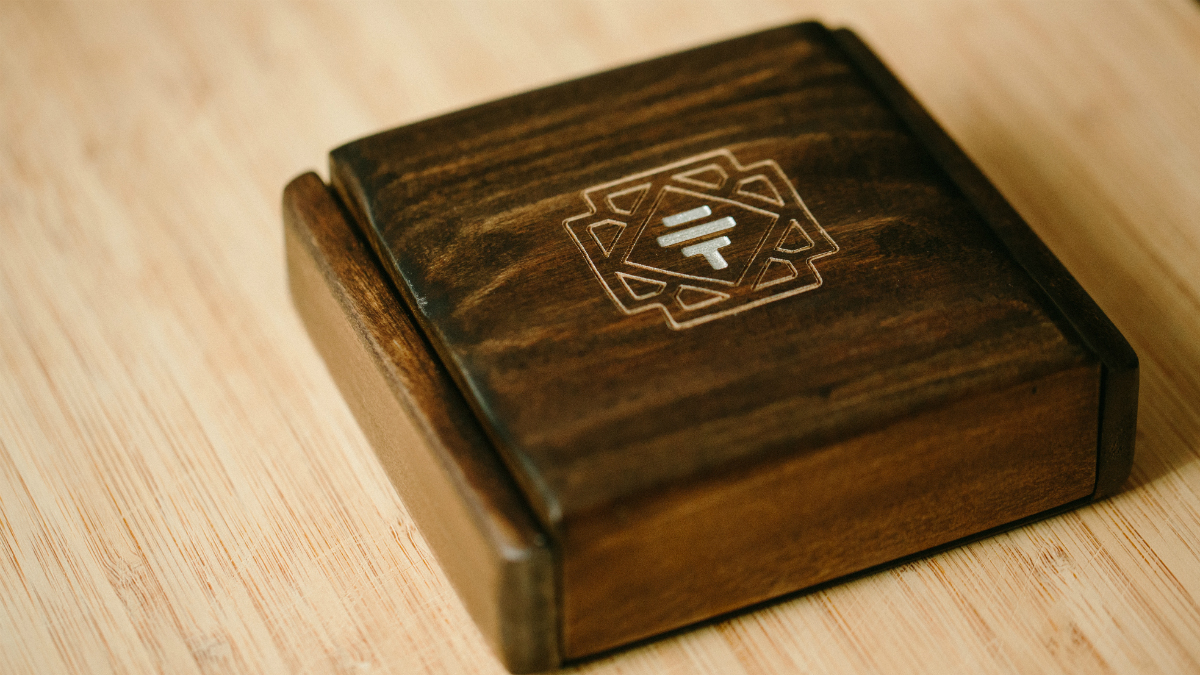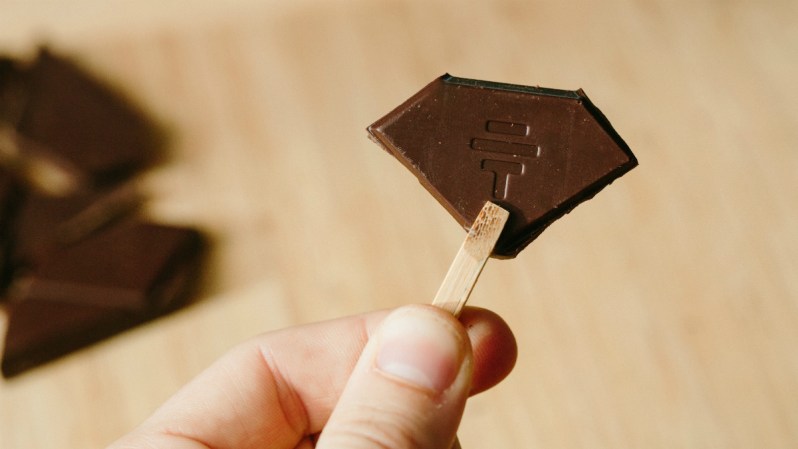
Go to most stores and you’ll be able to find a chocolate bar for pretty cheap. These days, a Hershey bar will run you a buck or two (a 48-ounce Hershey’s bar goes for about $27, if you were curious) and, if you wanted to feel extra fancy, maybe you’d shell out around ten bucks for a single source chocolate bar from L.A. Burdick. It can be argued that these are seen as expected prices. With those in mind, what would you guess the world’s most expensive chocolate costs? Fifty bucks? A Benjamin? Try $350-plus.
To’ak Chocolate, which was born out of the rain forest conservation program Third Millennium Alliance by Jerry Toth and his two partners, is an Ecuadoran chocolate company that uses only heirloom cacao varieties to produce their products.
How heirloom? In short, they’re the heirloom-iest of all heirloom varieties of cacao. To’ak uses the Nacional variety of cacao, which has genetic roots to stretch back over 5,000 years. If that sounds like a long time, it’s because it is. Those first Nacional trees were the first varieties of cacao.
Up until about a decade ago, the Nacional variety was thought to have been extinct due to a few different reasons. First, a large chunk of the Nacional trees was decimated in 1916 when a disease named “Witch’s Broom” killed cacao trees across Ecuador (which was, at the time, the largest exporter of cacao in the world). In the wake of the devastation, foreign varieties were brought in to help repopulate the region. On a practical level, too, Nacional trees were left to die or replaced due to low yields. Why would a farmer only produce eight pods per year when other tree varieties could produce 100 or more?
Then, Nacional trees were found in only two places— Peru, and the valley of Piedra de Plata in Ecuador. Toth and team had the Ecuadorian trees DNA tested to ascertain the trees’ full history and have since see their trees designated an heirloom varietal by the Heirloom Cacao Preservation Fund.
In short, these are some special trees, but that is not the only reason that To’ak has taken the crown as the world’s most expensive chocolate. Another, is that the production of the chocolate is done as old school as possible. What we mean by this is the team works in a house that is fully off the grid and uses implements such as a hand crank and a wood fire to prepare, cook, and produce the chocolate. (Of which, it has to be noted, they only make four editions per year, with each edition being 100 bars.)
The process itself was something that surprised Toth when they first began learning to make chocolate from their neighbors, who were also cacao farmers. While prepping the cacao, he said, “It was wafting this intense aroma that I didn’t really know that cacao was capable of producing until then. It was like a religious experience for people who came to try it.”
One of the reasons for producing their chocolate in such a way, Toth says, is to flip the idea of the mass production model on its head. “I want to say to people [who are eating a cheap chocolate bar], ‘Do you know what you’re eating? There’s 5000 years of history behind this product. It was considered religious by every population who ever came in contact with chocolate,’” Toth says.
“Instead of the cheapest options, we look for the best-quality options at every stage of the process. It’s costly but we embrace that,” he adds.
The chocolate that is produced from the Nacional cacao is emblematic of everything that makes other chocolate varieties delicious, says Toth. While some varieties may be fruity or earthy or nutty, Nacional cacao manages to have floral, fruity, earthy, nutty, and typical chocolate-y notes.
So, what you might be thinking is how the hell do you eat To’ak? Surely you wouldn’t just crack off a piece and toss it down your gullet? Well, you’re correct on that. Points to you for not trying to go full caveman during what promises to be a luxurious experience for all of your senses. (If you want to know why chocolate is so damn tasty to us, check out the science behind it here.)
Think of it like tasting wine, Toth says. With the purchase of a bar of To’ak, you’ll receive the chocolate itself (in a carved wooden box), an informational book, and a pair of wooden tongs with which to taste and work your way through a tasting similar to how your would do with a glass of wine.
How to Taste Chocolate
- Look at the bar and look for white splotches. These are a sign that the fats in the cacao have separated (most likely due to temperature).
- Break a piece off and listen for the snap. If there’s a nice snap, that tells you the bar is tempered well and the crystals are well interlocked.
- Aroma is up next. Give it a smell and see what you pick up right off the bat. Are there floral aromas? Fruity? Earthy? Do you smell remnants of the aging vessel?
- Put the piece in your mouth. Use your teeth to break it into two or three pieces and let it melt. Move the chocolate around in your mouth instead of chewing it so you can expose as much of your taste buds to the chocolate as possible.
- Sit with it a while and feel the finish. If you want to take it to the next level, you can pair it with things like wine or whisky.
Currently, To’ak has three editions for sale: 2014 Vintage Cognac cask aged, 2015 Vintage Islay Scotch whisky cask aged, and 2015 Vintage Kampot Pepper aged. You can also pre-order their upcoming Art Series Guayasamín edition and their 2016 Harvest El Niño edition (which is the lowest priced at $295). Each bar weighs 50 grams, or 1.76 ounces. You can find more information about all of their editions in their online store.
